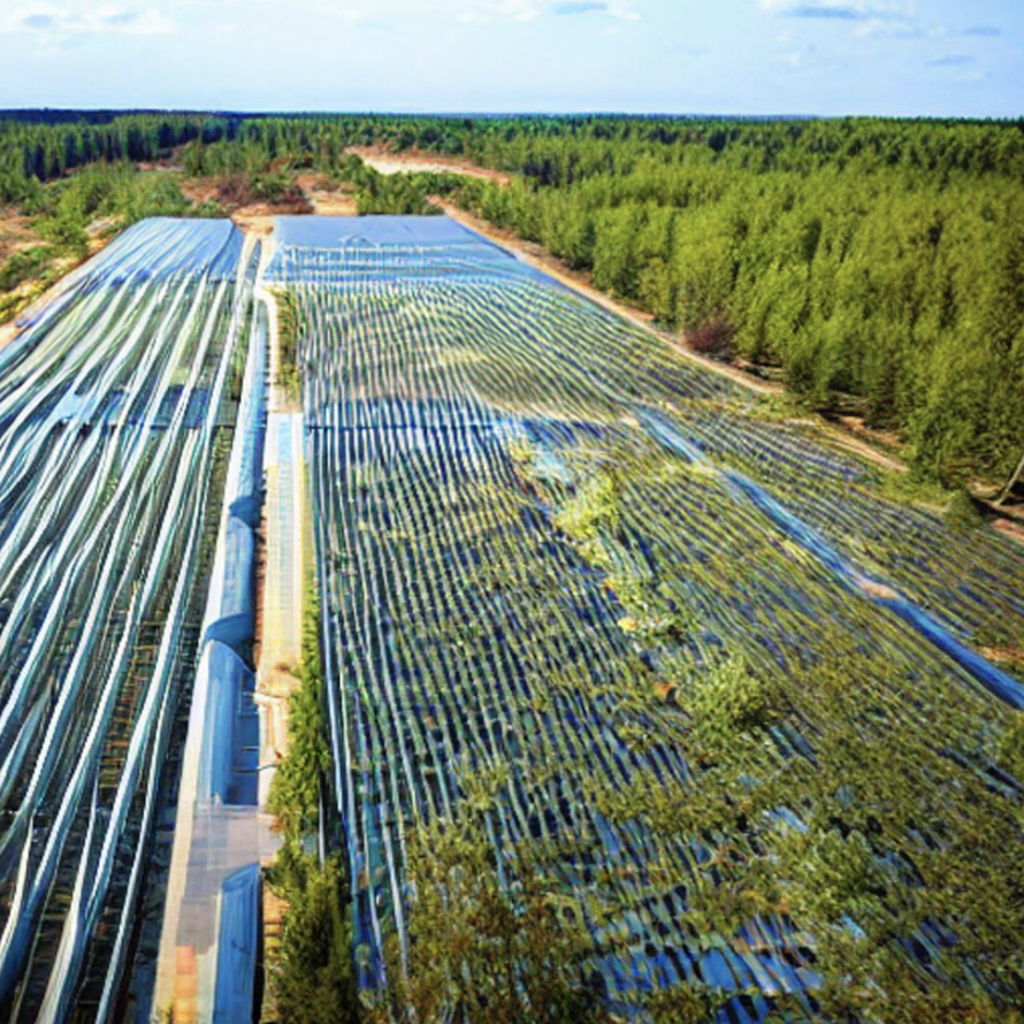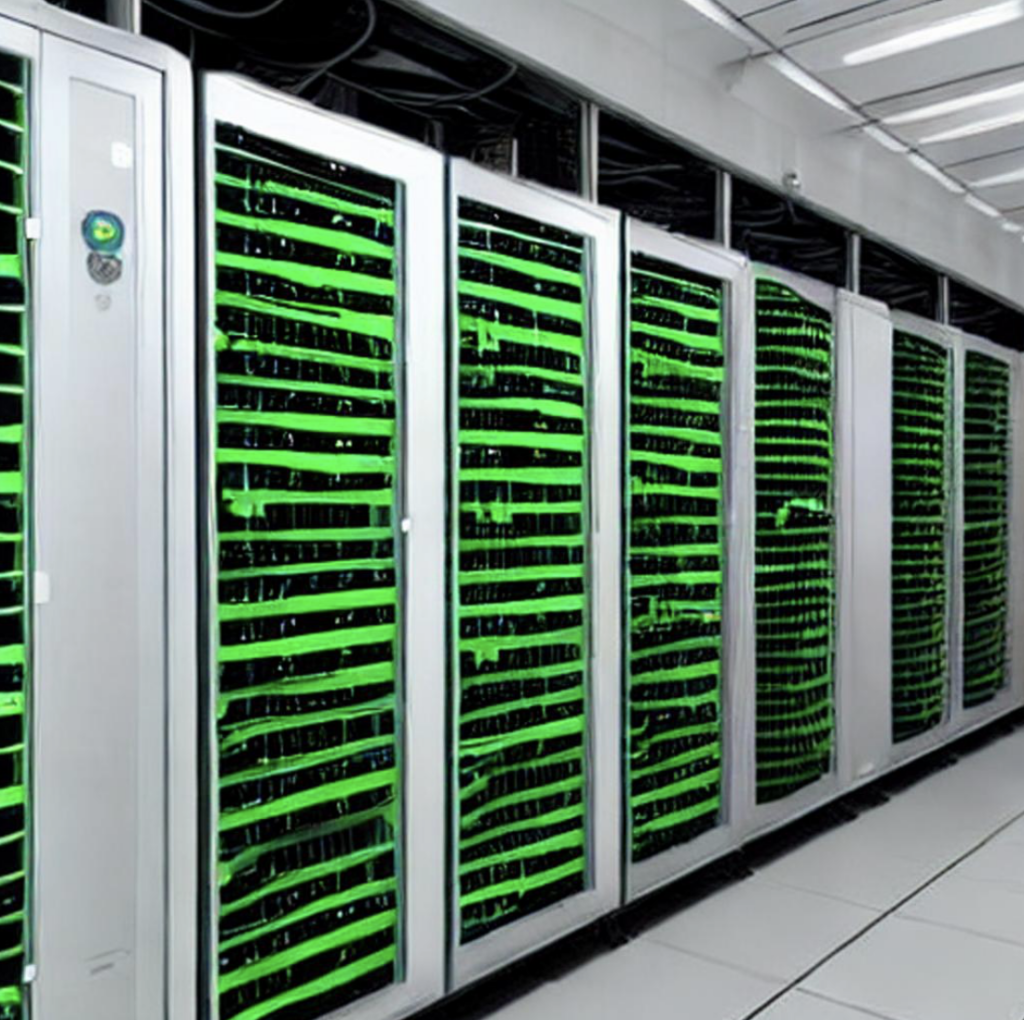In the digital age, we generate vast amounts of data that need to be stored and processed. Cloud-based data warehouses like Snowflake Database have emerged as a solution for handling massive data volumes. However, the use of these data centers is not without environmental consequences. This blog post will examine the impact of large data centers, including Snowflake Database, on the environment and explore solutions to reduce their environmental impact.
Impact of Large Data Centers
The proliferation of digital technologies in recent years has resulted in the generation of vast amounts of data. With the generation there comes also the need for data storage and processing solutions. Cloud-based data warehouses, such as Snowflake Database, have emerged as a popular solution for handling massive data volumes. However, the use of these data centers is not without environmental consequences.
According to the report by the European Commission, the energy consumption of data centers in the European Union is significant. Data centers are accountable for approximately 2.7% of the EU’s total electricity consumption. This energy consumption is expected to increase. A reason is the continued growth of the digital economy. In addition to that, this trend is not limited to the EU alone. In the United States, for instance, data centers consumed an estimated 91 billion kilowatt-hours of electricity in 2013. This accounts for approximately 2% of the country’s total energy consumption, and this figure is expected to double by 2026.

The environmental impact of large data centers is not limited to energy consumption. Water usage in data centers can also have significant environmental consequences, with some estimates suggesting that data centers in the EU consume up to 250,000 cubic meters of water per day. This water usage puts a strain on local water resources and can have severe consequences, especially in areas where water scarcity is already an issue.
The report by the European Commission highlights the need for more energy-efficient data centers and the potential of using renewable energy sources to power them. The use of renewable energy sources such as solar and wind power can significantly reduce the carbon footprint of data centers and help address the environmental impact of these facilities. Additionally, improving energy efficiency through technologies such as liquid cooling systems and more efficient server hardware can also reduce energy consumption and, consequently, carbon emissions.
The role of Snowflake
One of the primary issues with large data centers, like those used to power the Snowflake Data Cloud, is their energy consumption. These facilities require massive amounts of electricity to run their servers, cooling systems, and other infrastructure. According to a report by the Natural Resources Defense Council, US data centers consumed an estimated 91 billion kilowatt-hours of electricity in 2013, accounting for approximately 2% of the country’s total energy consumption. By 2026 the figures are expected to double, with data centers projected to consume 3.2% of the nation’s energy.
The Snowflake Data Cloud’s sustainability efforts have been commendable. According to Snowflakes website, the company is committed to reduce their carbon footprint. Snowflake have set a goal to achieve net-zero carbon emissions by 2040. They have also implemented several energy-efficient measures. Snowflakes uses air-side economizers to cool their data centers and purchasing renewable energy credits to offset their carbon emissions.
However, despite these efforts, the Snowflake Data Cloud’s impact on the environment is still significant. The company’s rapid expansion has led to the construction of new data centers worldwide. The results are deforestation, loss of wildlife habitats, and increased carbon emissions from transportation and construction. Additionally, the Snowflake Data Cloud’s storage of vast amounts of data contributes to the overall increase in global data storage, which has significant environmental consequences.
Sustainable Solutions for Data Storage
Sustainable solutions for data storage are crucial in addressing the environmental impact of large data centers. One solution is to utilize renewable energy sources to power data centers. Another approach is to improve energy efficiency through technologies such as liquid cooling systems and more efficient server hardware. Additionally, adopting circular economy practices, such as refurbishing or recycling equipment, can reduce e-waste generated by data centers. By implementing these sustainable solutions, we can reduce the carbon emissions, water usage, and e-waste associated with data storage.

Another potential solution for reducing the environmental impact of large data centers is the use of artificial intelligence (AI) and machine learning (ML) algorithms to optimize energy usage. Companies can use these technologies to monitor data center operations and adjust energy usage based on demand and usage patterns. This results in more efficient energy usage and reduced carbon emissions. Additionally, companies can leverage AI and ML to predict future energy usage and optimize data center design and layout for maximum energy efficiency. Incorporating these advanced technologies into data center operations can help to reduce the environmental impact of large data centers. Furthermore it can also improve their overall efficiency and performance.
Final thoughts
In conclusion, while cloud-based data warehouses like Snowflake Database have emerged as a solution for handling massive data volumes, their use comes with significant environmental consequences. Data centers consume vast amounts of electricity and water and contribute to carbon emissions, deforestation, and e-waste. While Snowflake has made commendable efforts to reduce its carbon footprint, sustainable solutions for data storage are crucial to address the environmental impact of large data centers. Utilizing renewable energy sources, improving energy efficiency, adopting circular economy practices, and incorporating artificial intelligence and machine learning algorithms into data center operations are potential solutions to reduce their impact while also improving efficiency and performance.
Make sure to check out the other Blogs of Nimbus Intelligence!





